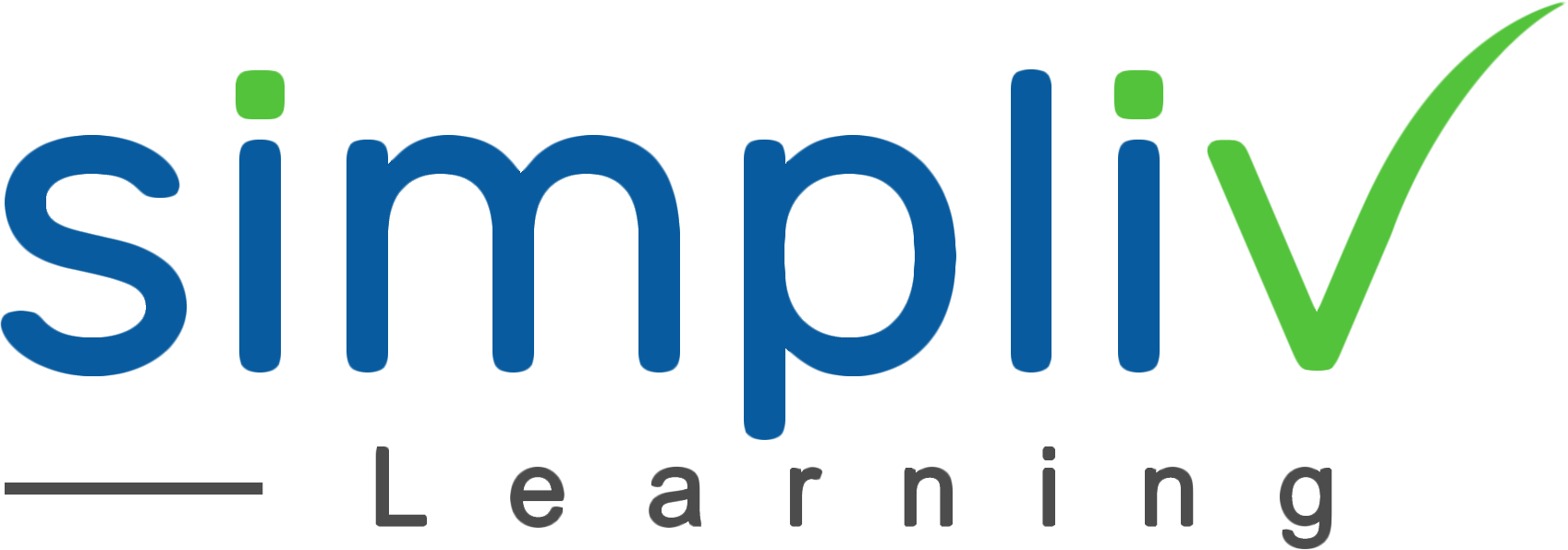Build Serverless application on AWS Cloud
This course will teach you that creating a Serverless application by using AWS Cloud Computing Course. You'll build a serverless web applications using AWS latest frameworks.
IT & Certification
8 Hours
Description
This will be a hands-on workshop to Design and Develop Serverless Application using modern techniques which includes AWS Lambda, API Gateway, DynamoDB, S3, CloudFront. It's going to be an enriching experience to create an end-to-end working Single Page Application using REST interface.
Serverless computing offers a number of advantages over traditional cloud-based or server-centric infrastructure. It allows developers to build apps without the headache of managing infrastructure. More specially, it enables them to write in serverless code without having to Provision a server, Ensure its functionality, Create test environments on a server. It also offers greater scalability, more flexibility, and quicker time to release, all at a reduced cost. This workshop will help you building a serverless web application by leveraging AWS Services.
Course Objectives
- Effectively demonstrate knowledge and advantages of serverless architecture and how to architect and deploy a scalable serverless web application hosted on AWS.
Provide implementation guidance based on best practices to the organization throughout the life cycle of the application covering various components like:
1. Create REST API for CRUD (Create Read Update and Delete) Operations using AWS API Gateway and Lambda Functions
- a. Create New Tutorial
b. Read all Tutorials, Search Tutorial By its Title, Get Tutorial by its ID
c. Update the Tutorial
d. Delete Tutorial
2. Postman - Most popular REST Client for testing your REST API, Learn how to Install and Use POSTMan to call the APIs
3. By the end of the session you will learn to develop a highly scalable app using AWS Serverless Architecture running with the Lowest cost options.
Target Audience
Students & Professionals want to learn or enrich AWS Cloud skills including Programmers, Developers, Technical Leads, Architects.
Basic Understanding
Basic understanding of AWS cloud platform
Python scripting
Rest API
Course Content
No sessions available.
Coupons
Live Support
Call
+510-849-6155
Mail to
support@simplivlearning.com
